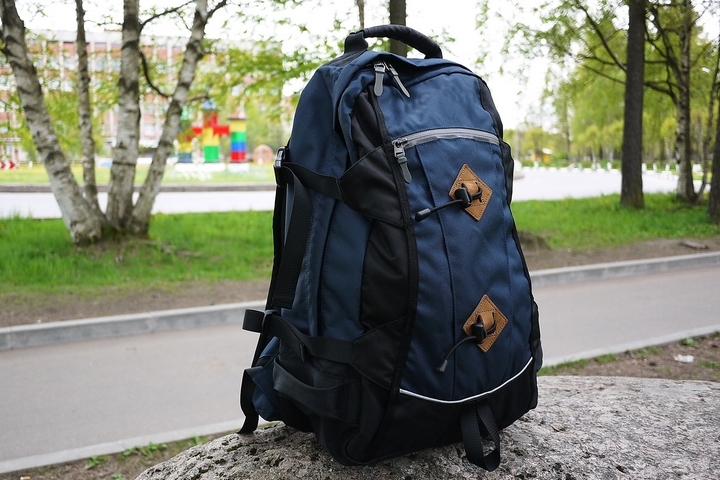
How much thought do you give into buying a backpack? For most of us, we barely pay any attention to the backpack styles. In actuality, there are many different types of backpacks, for everyone from students to young professionals and executives. There’s no reason that a backpack – a travel essential – should be chosen without careful consideration of what’s best for your lifestyle.
Here are the twelve different types of backpack and their practical uses:
Type #1: Student’s backpacks

If you used to be a student, you’re probably familiar with these types of backpacks. This is your basic backpack design with a large main compartment in which to load in your materials for school. They come with front pockets, shoulder straps, and a grab handle.
This is the type of backpack you grab when you’re doing your back-to-school shopping. For students from kindergarten to university age, when there’s nothing else on the rack, this is an easy choice.
Type #2: Daypack backpacks
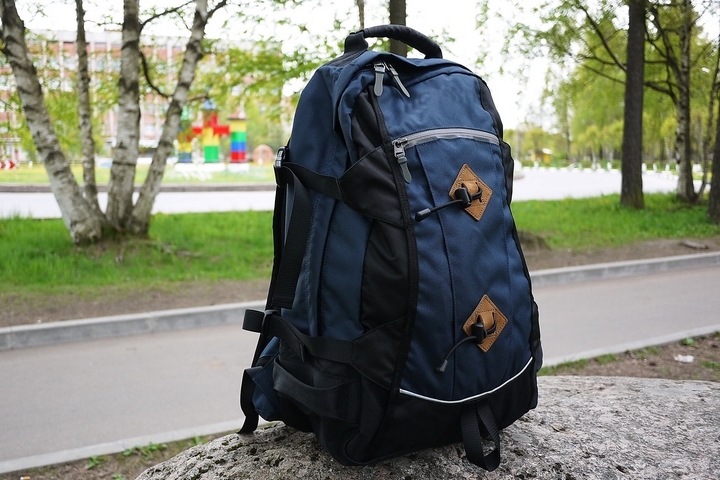
A daypack is meant for your daily essentials and is a very simple design. For these types of backpacks, they only come with a main compartment and then a front pocket.
Daypacks are stylish, small, lightweight, and look smart. These backpacks can be custom made to match your personality or motto. They’re good backpacks if you’re going out into the city or downtown and don’t want to be lugging around a big back on your shoulders.
Type #3: Overnight backpacks
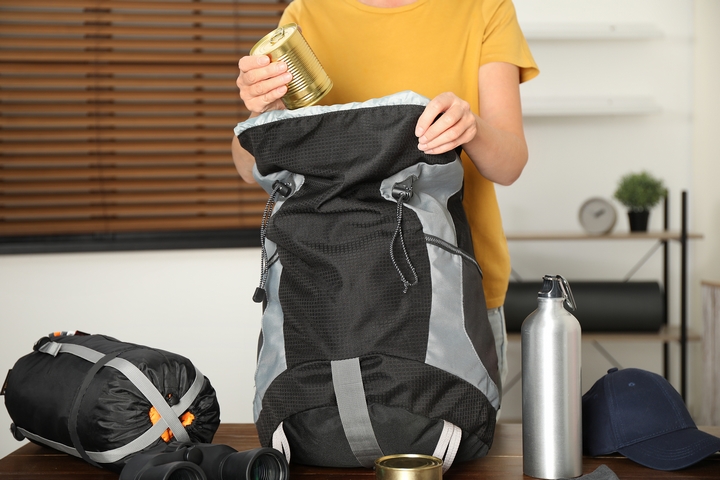
As we verge into more specialized backpacks, overnight backpacks are a little larger than a student-sized design. These types of backpacks can be used to pack in personal care essentials and clothing, and containers of food for an overnight trip. They can double as hiking or camping backpacks as well.
Type #4: Hiking backpacks
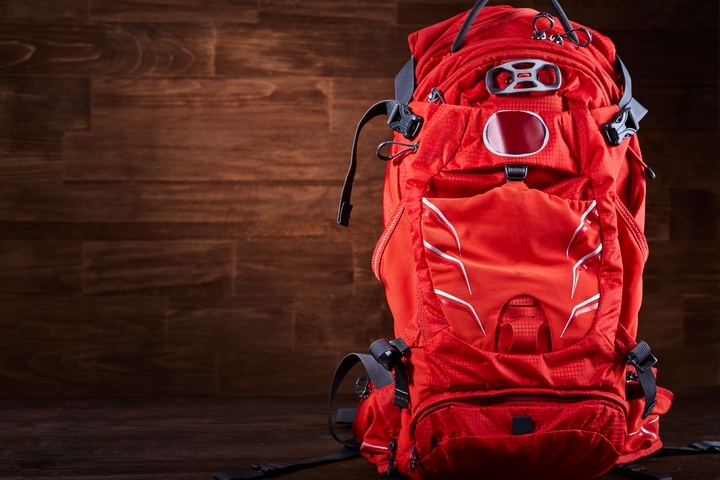
As we mentioned, different types of backpacks are made for different purposes. A hiking backpack is larger than most other types because it’s designed to carry gear and hiker essentials.
This backpack has more compartments than average and a lot of safety features. They are often lightweight but when filled, can get quite heavy especially if you’re looking at a full day’s worth of hiking.
Type #5: Hydration backpacks
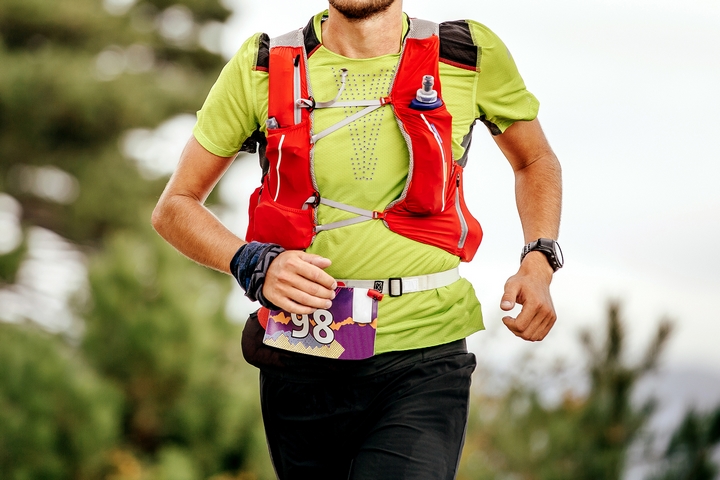
A lot cyclists and hikers will forego over backpacks to choose a hydration backpack. These types of backpacks are usually small and carries up to 10 liters of water. They can only carry a small amount of accessories in any additional compartments. It is not really built for use outside situations requiring hydration which makes this not a great multi-use backpack.
Type #6: Laptop backpacks
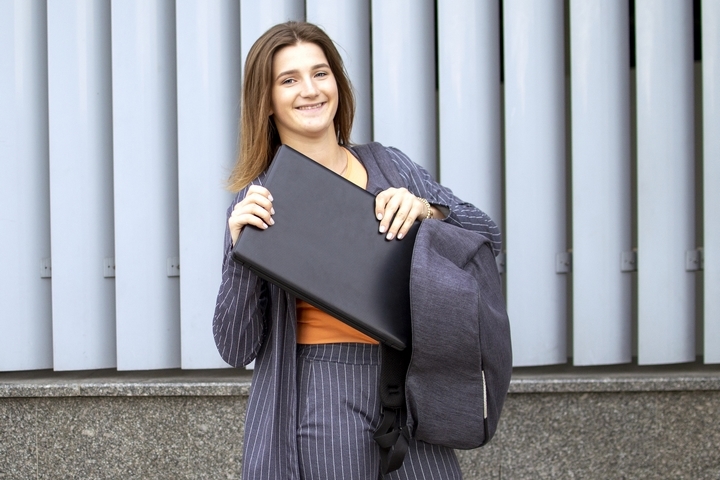
Laptop backpacks are like a carrying case for your laptop except they have straps for the shoulders. A laptop backpack has a sleeve with safety padding for a laptop. Measure beforehand, prior to buying.
You want to ensure your laptop fits before you make a final purchasing decision. Remember, some smaller backpacks in this style won’t be able to accommodate large laptops.
Type #7: Mini backpacks
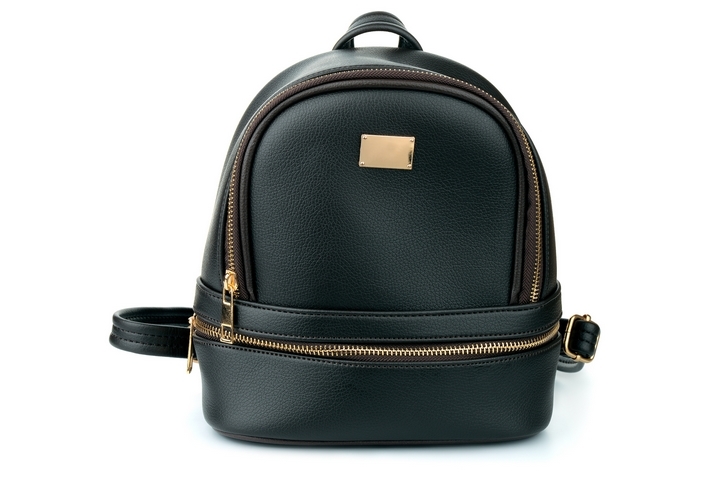
Mini backpacks are often branded, Instagram-ready small backpacks used more for style and fashion than functionality. Mini backpacks are commonly chosen by women and are almost strictly sold in upper class, luxury retail.
These types of backpacks are great for holding a smartphone and wallet but unfortunately, they aren’t really great for much else. If you’re hitting up somewhere close to home and you don’t want to be carrying your things, a mini backpack is a welcome alternative for some.
Type #8: Anti-theft backpacks
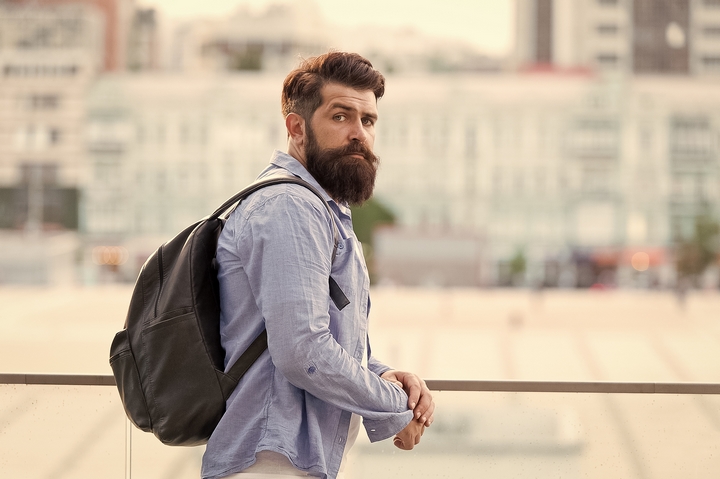
In this era of security concerns and theft, a new type of backpack is making waves and it’s focused around an anti-theft design. These backpacks do not have a visible zipper or puller, generally are cut-proof, have belts and buckles that hold things in place, and often incorporate an RFID blocker. This means anything you put inside is free from electronic theft or being easily taken from you.
If you work or socialize in a high-security environment, you may find an anti-theft backpack is something you wish to have.
Type #9: Rain cover backpacks
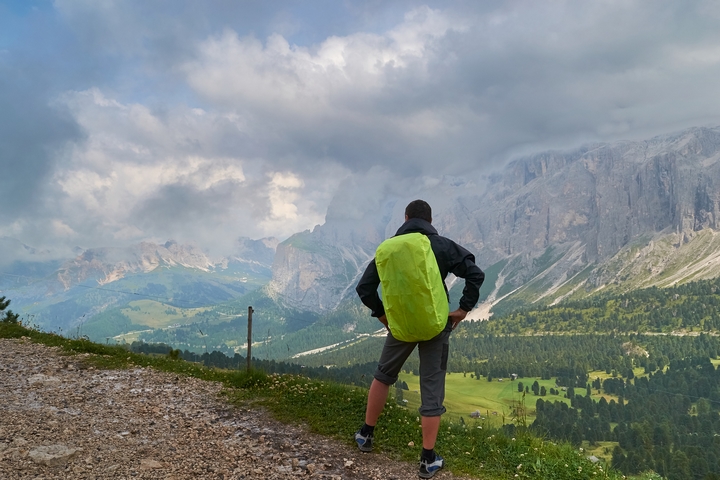
A rain cover backpack is another way to refer to a water-resistant backpack. They are manufactured from material that repels moisture, sometimes with a removable cover. If it’s a removable cover you end up purchasing, these may fit other types of backpacks so that’s certainly worth considering if you intend to be in rain-heavy environments with your storage.
Type #10: Climbing backpacks
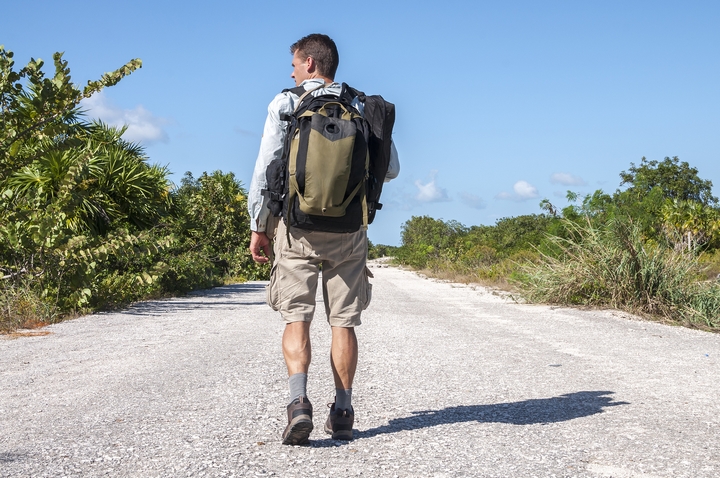
Like a hydration backpack is great for cyclists and a hiking backpack is ideal for hikers, climbers are recommended to get themselves a climbing backpack. These types of backpacks are specifically designed to carry rope, helmets, harness, shoes, and more. They are comfortable and close-fitting, and sometimes are referred to as mountaineering backpacks as well.
Type #11: Traveler’s backpacks
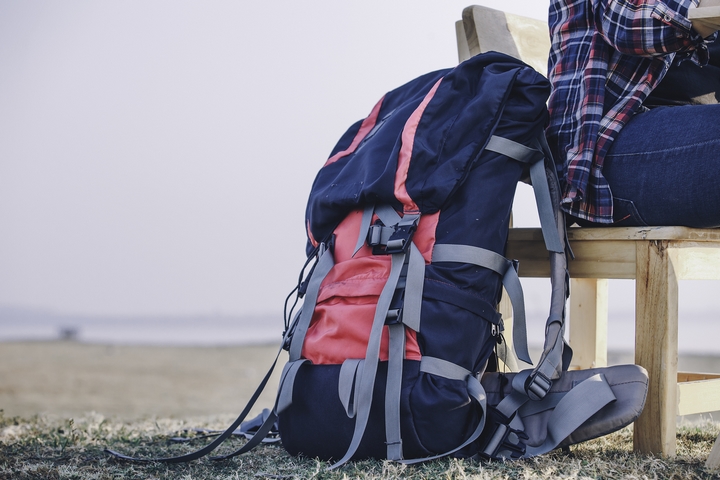
If you’re doing a backpacking trip through Europe, Asia, or internationally, you want nothing less than a traveler’s backpack. A traveler’s backpack has a large capacity, can get very heavy, comes with many compartments, and is a key component to an adventurer’s journey.
Type #12: Snowsports backpacks
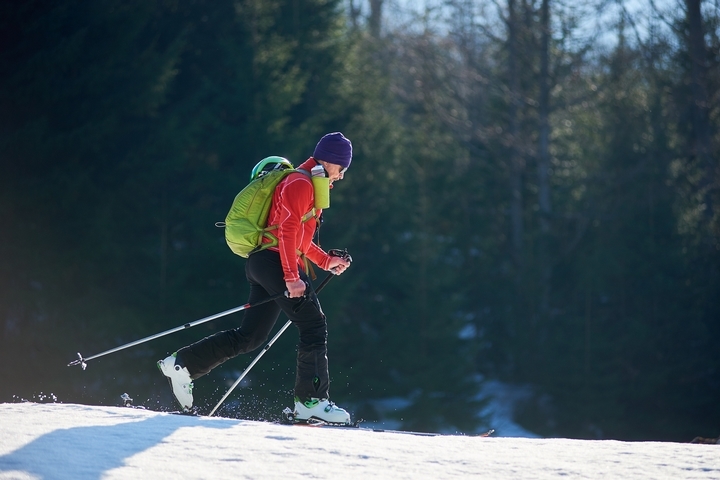
When you’re skiing, snowboarding, or participating in snow sports of this kind, you want a backpack that isn’t going to have its own momentum. It needs to fit snug to the body but in a manner that doesn’t limit movement.
A skiing backpack or snowsports backpack provides a method to carry things like emergency supplies – something every snow sports athlete should have.